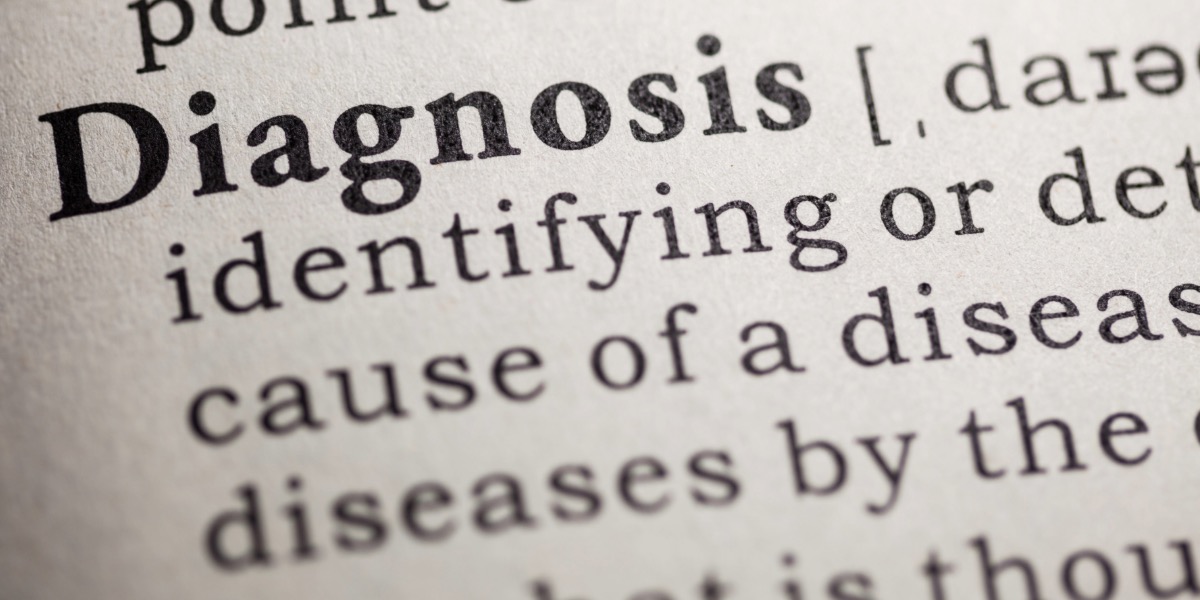Within chronic illness and disability lays a bitter strife – something seen or unseen dictating what you can’t do while all you want – is – to do. As such, I’ve overcome many challenges in my endeavors – some you’ll hear today. However, I don’t want this story, my story, or those who may relate to it to be one of pain and conflict but rather resolve. Embedded within this general information are some of my experiences – I hope these experiences may help others, particularly children, adolescents, and young adults, navigate a life without such attrition. Parents, I recognize your strife as well. Both are in anguish, both wanting to be understood and wanting to understand. Thank you for your efforts and may this help you as well. This is a 4 part series, I call The End of Strife, about what you may experience with Epilepsy, beginning with diagnostics, a diagnosis, treatment, and a conversation regarding identity – something those like myself may struggle with. I’m Charles Randolph, the creator of ToSpeakOnline.com, and this is my experience.
Epilepsy – The Diagnostic
Upon having a seizure, you’ll see a doctor – most likely a neurologist or epileptologist. I can’t stress the importance of seeing a specialist, at the least, a neurologist. There are specialists because they have dedicated their education and practice to a specific field. I have been harmed by those who are not – but more later. You’ll go through a series of exams, most commonly an:
• EEG – This will be held at the hospital, where the staff attempts to induce seizure activity within the brain through stimulus. For example – flashing lights – are a common trigger for photosensitive individuals.
• Sleep-deprived EEG – Stress is a common trigger for people with epilepsy – emotional or physical. We will focus on physical for now. An excellent method to induce physical stress is lack of sleep. You’ll be asked to stay awake for 24 hours or more. During this time, you’ll wear a device that records data collected from electrodes attached to your head. Imagine someone braided your hair or had dreads – however, these braids or dreads will be made of wire rather than hair.
• An MRI to check if there are any physical malformations in the brain or something like a tumor.
These are the most common diagnostics.
The following tale is directed to parents to consider; I’ve had a sleep deprived EEG, my Mother was kind enough to invite friends to help keep me awake. However, looking back, I can see that experience as a source of the psychological reinforcement of my feelings of shame regarding my condition and believing I am a burden upon others. I do not think it was a bad idea nor one I resent. However, I suggest you speak to your child and decide what’s best. Everyone, to a degree, is different, and the child’s feelings should be considered, as I can’t express the vulnerable position you are putting them in. The child is coming to grasp that they can’t trust their own body, and you’re asking them to trust others now – the fear and prospects of teasing are crippling enough. You don’t want them to come back from school telling you that kids at school nicknamed them shakes. That is, if they tell you at all – I didn’t.
If you would like to support my work, please consider becoming a member here at my website ToSpeakOnline.com.
Watch the accompanied video below!
Written by: Charles Randolph
Follow us! 🌐 ToSpeakOnline.com | 📺 YouTube Channel | 🎙️ Spotify Podcast | ✉️ Newsletters | TikTok | Instagram | Twitter/X | Facebook | All My Links | Partners & Associations




